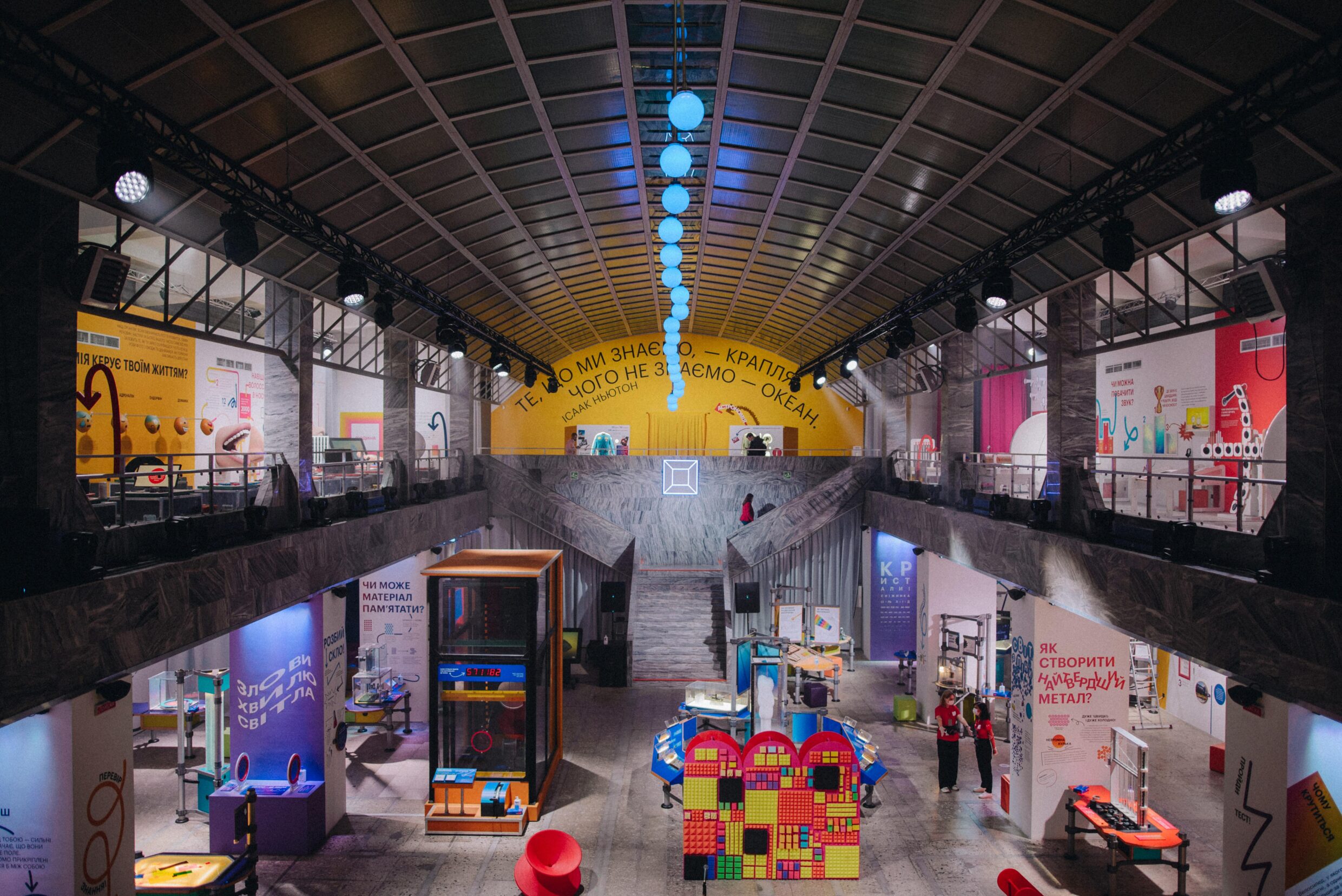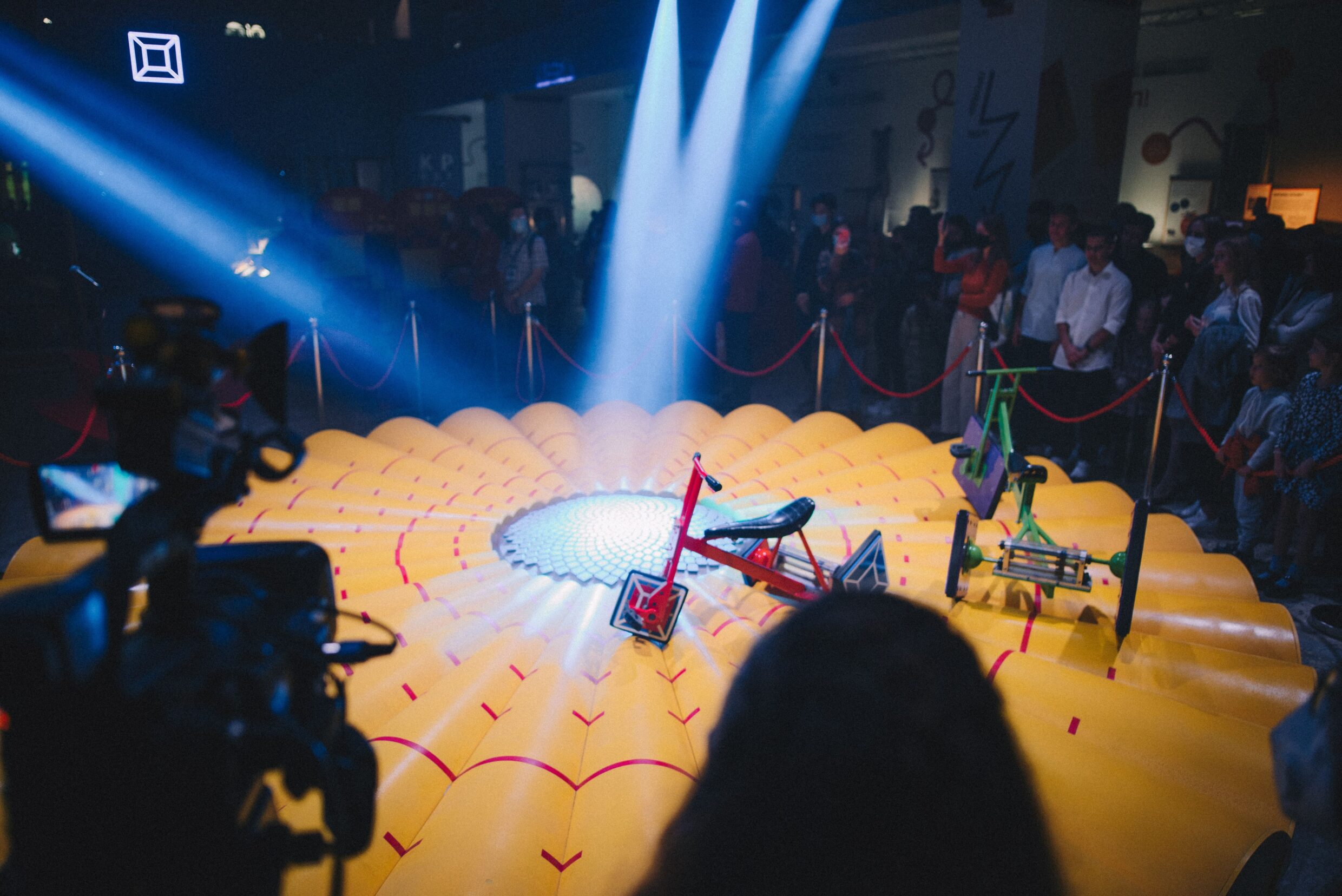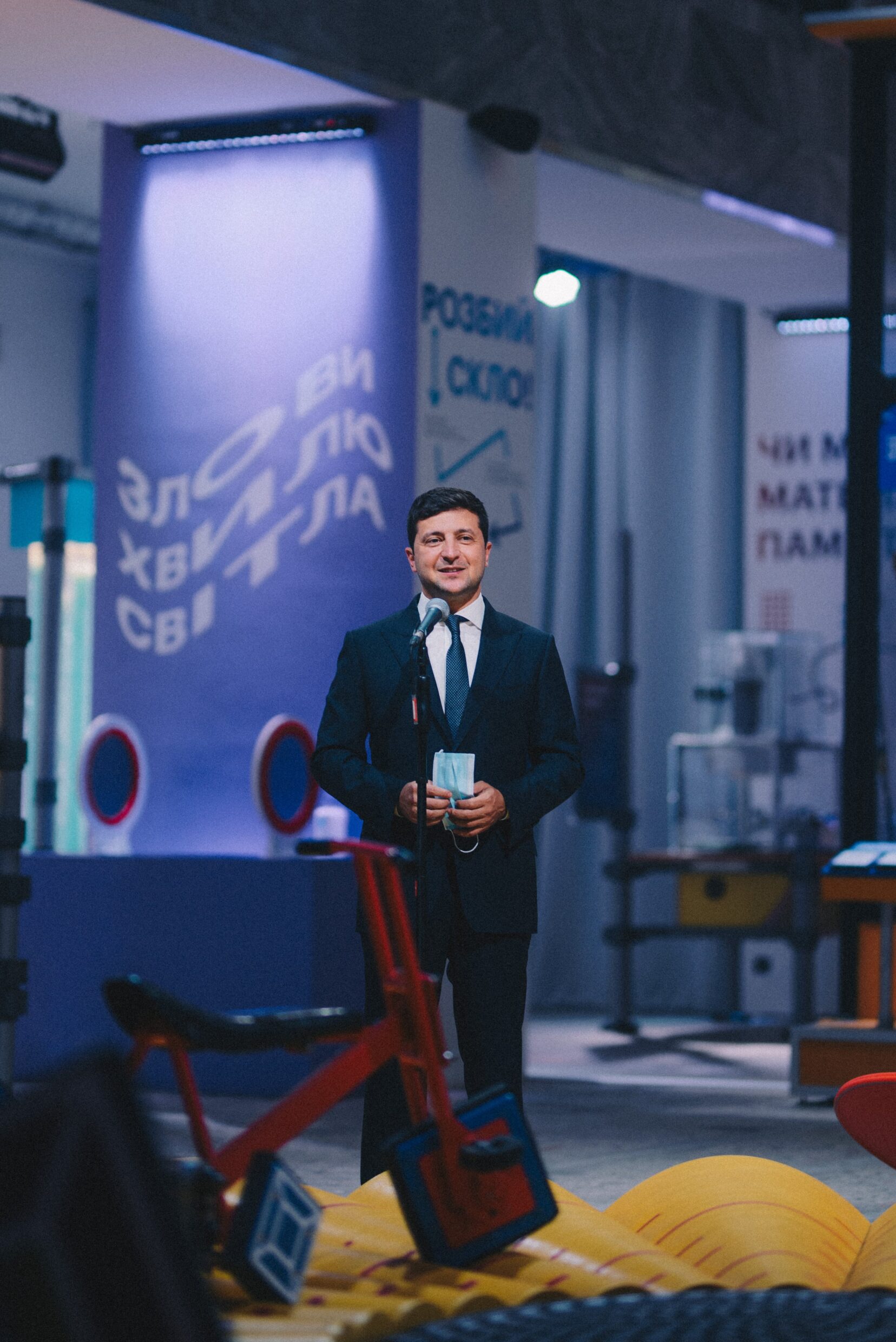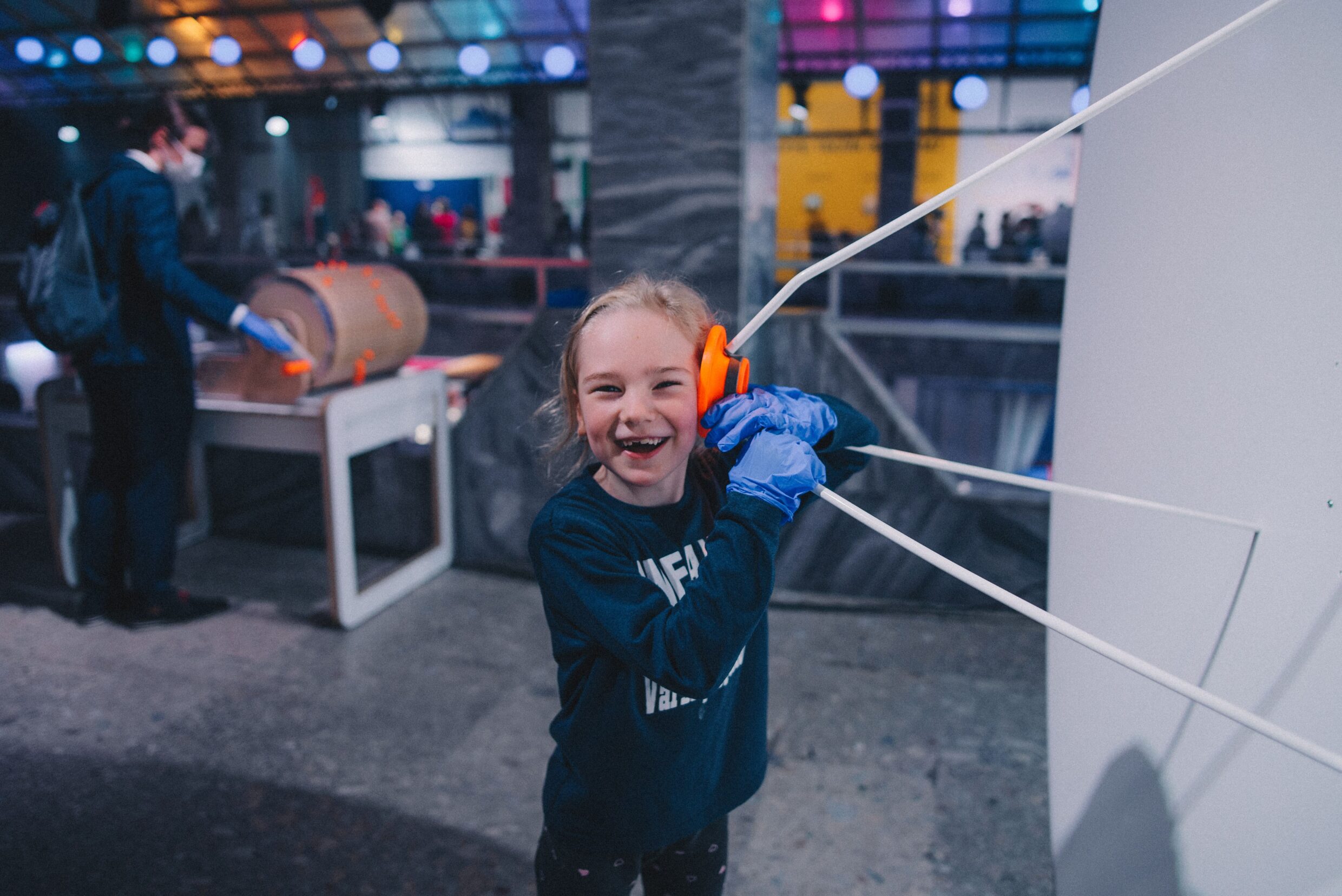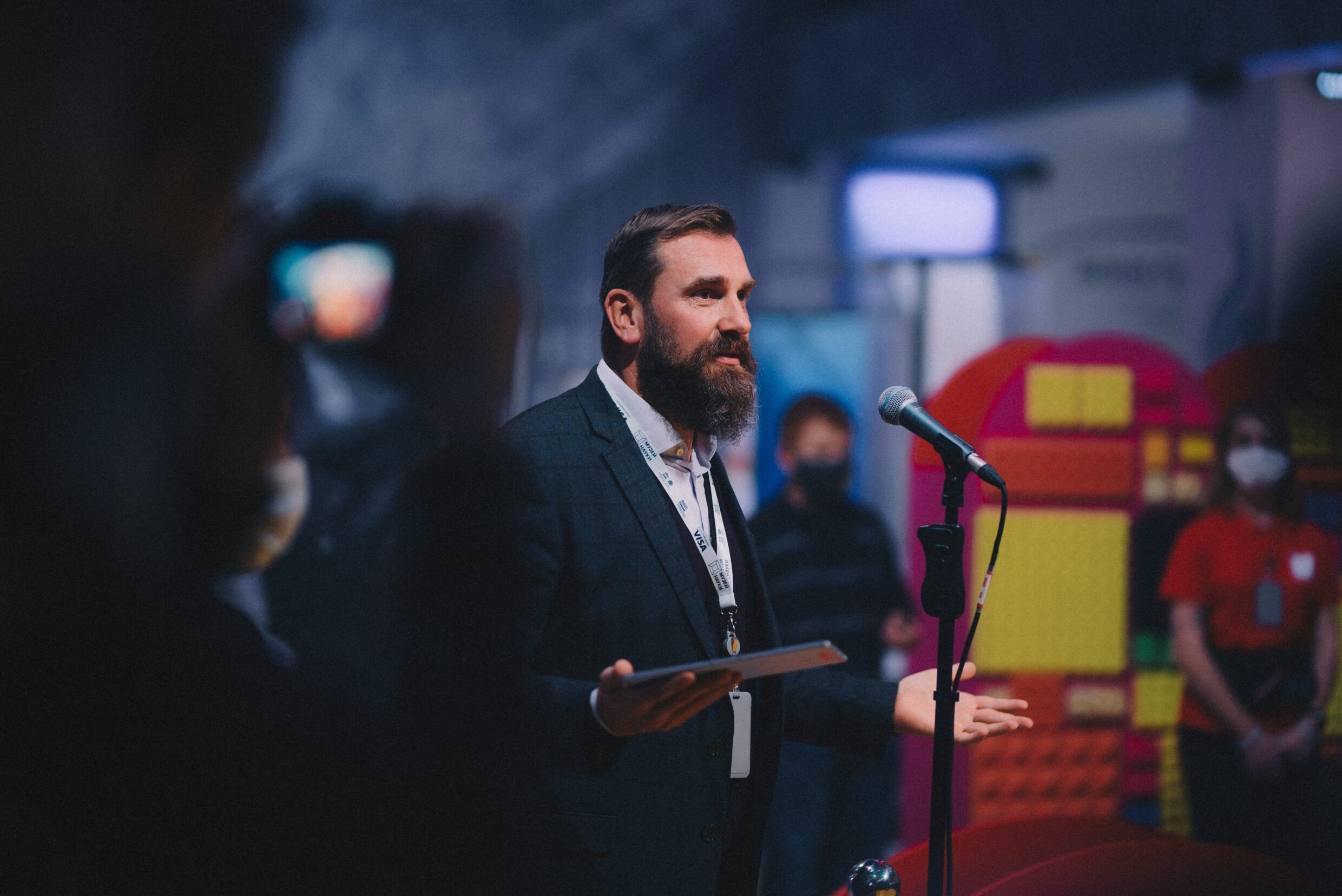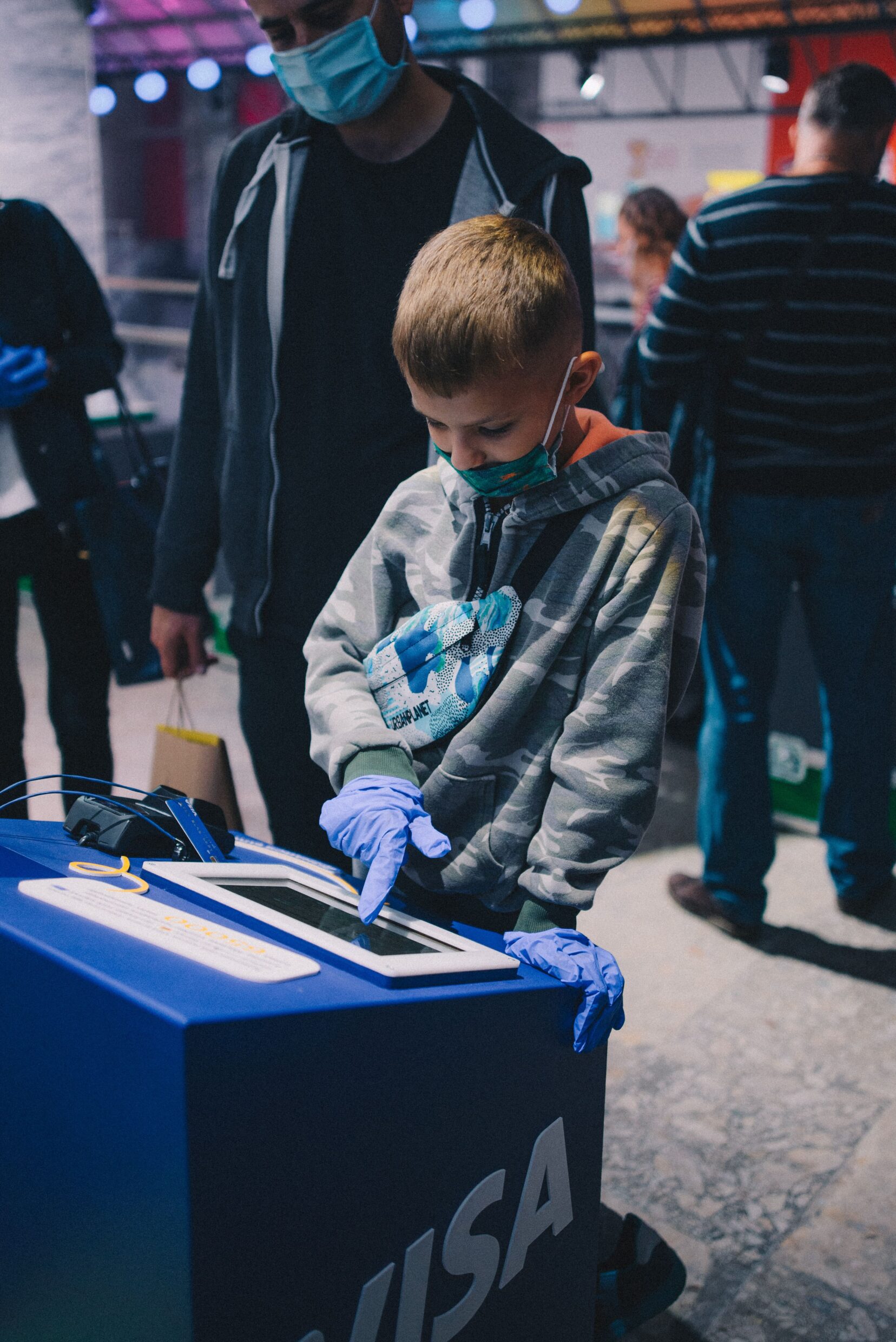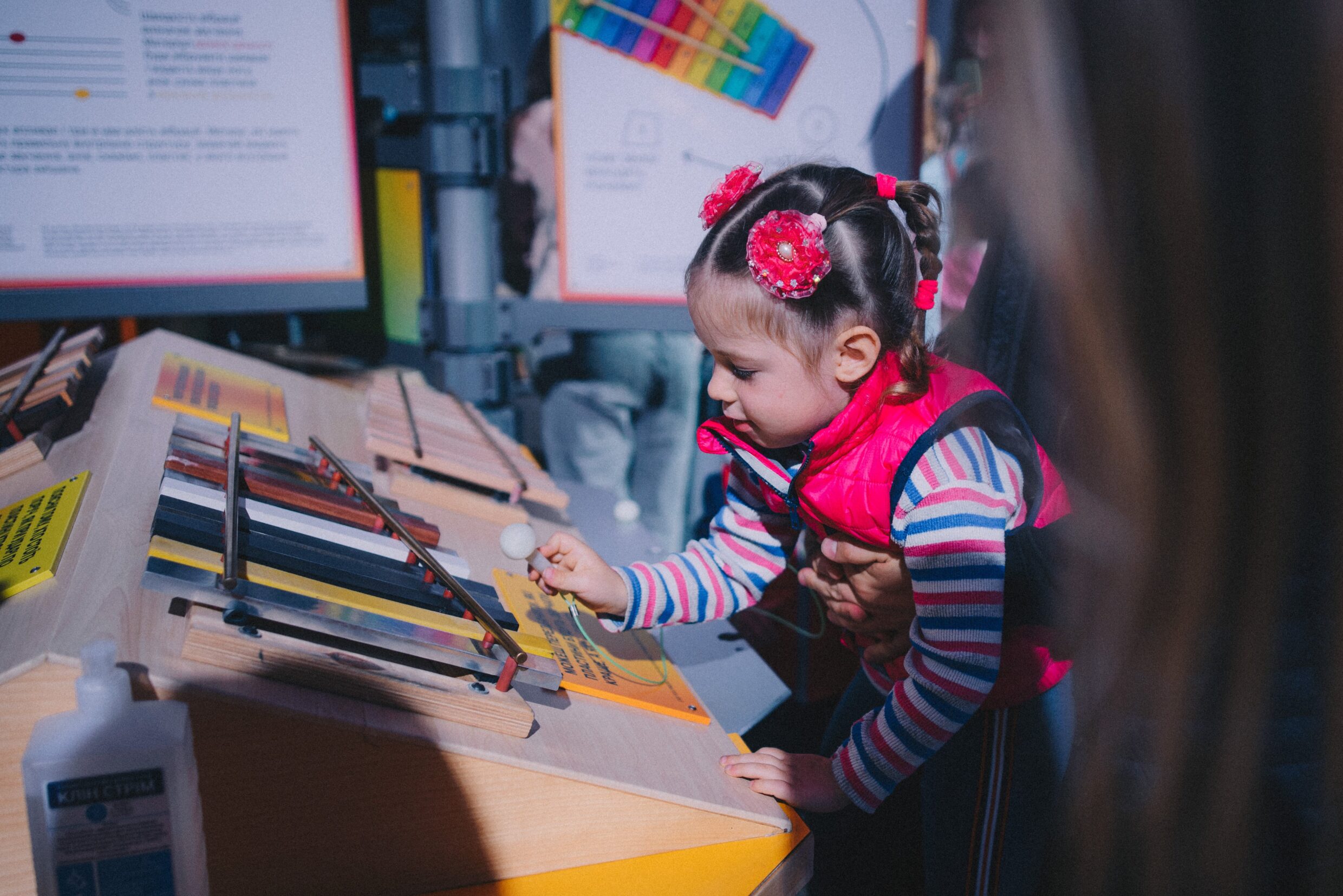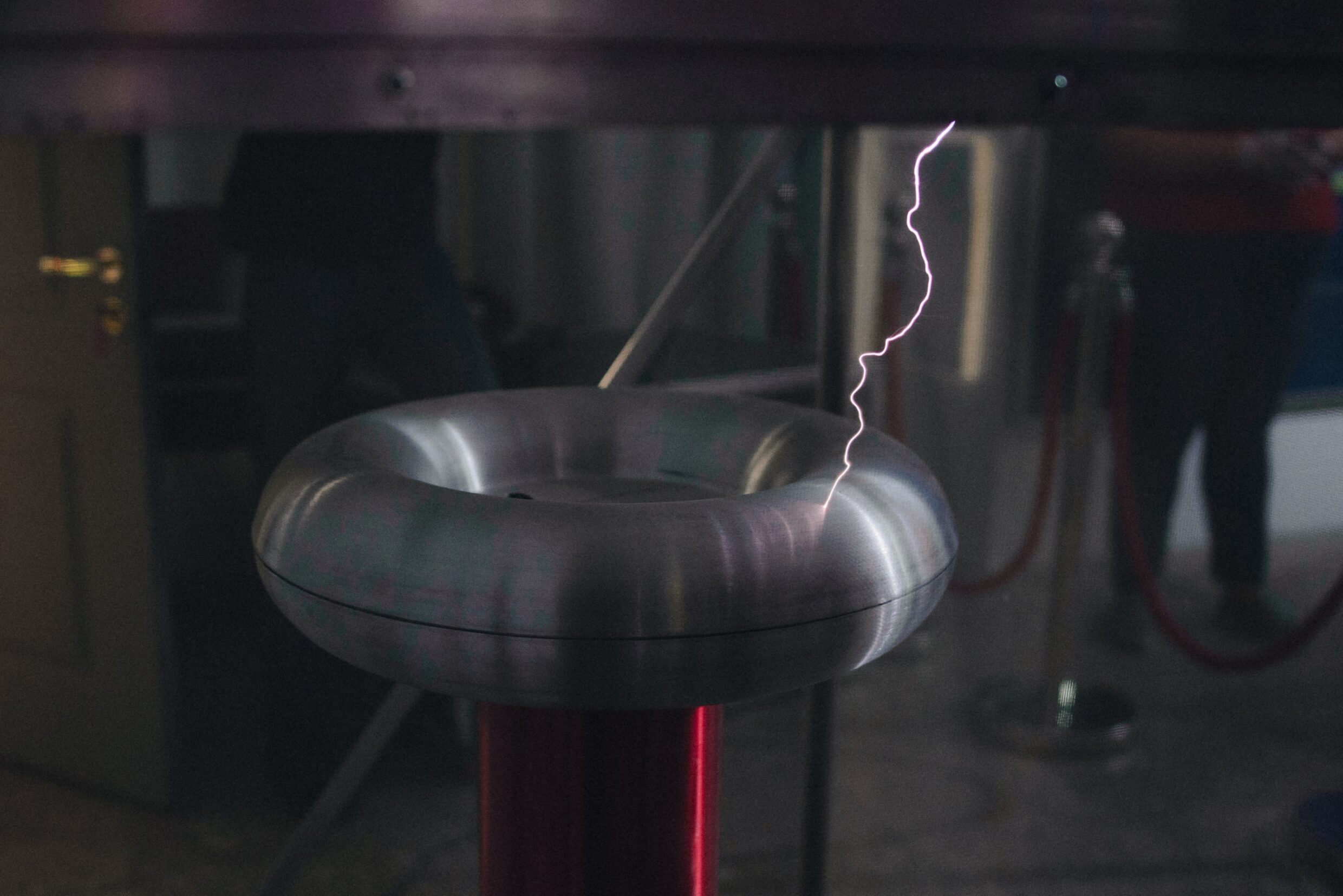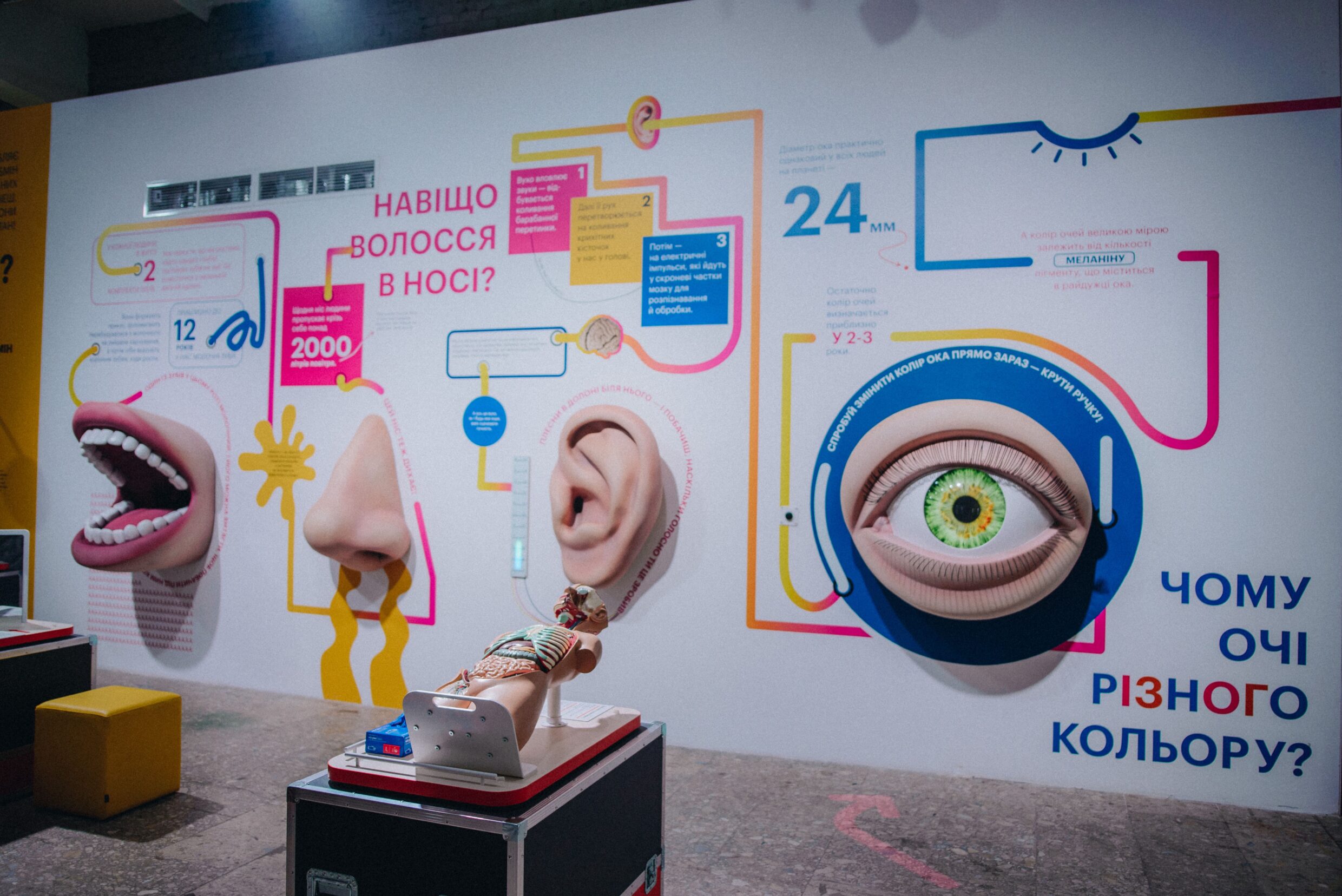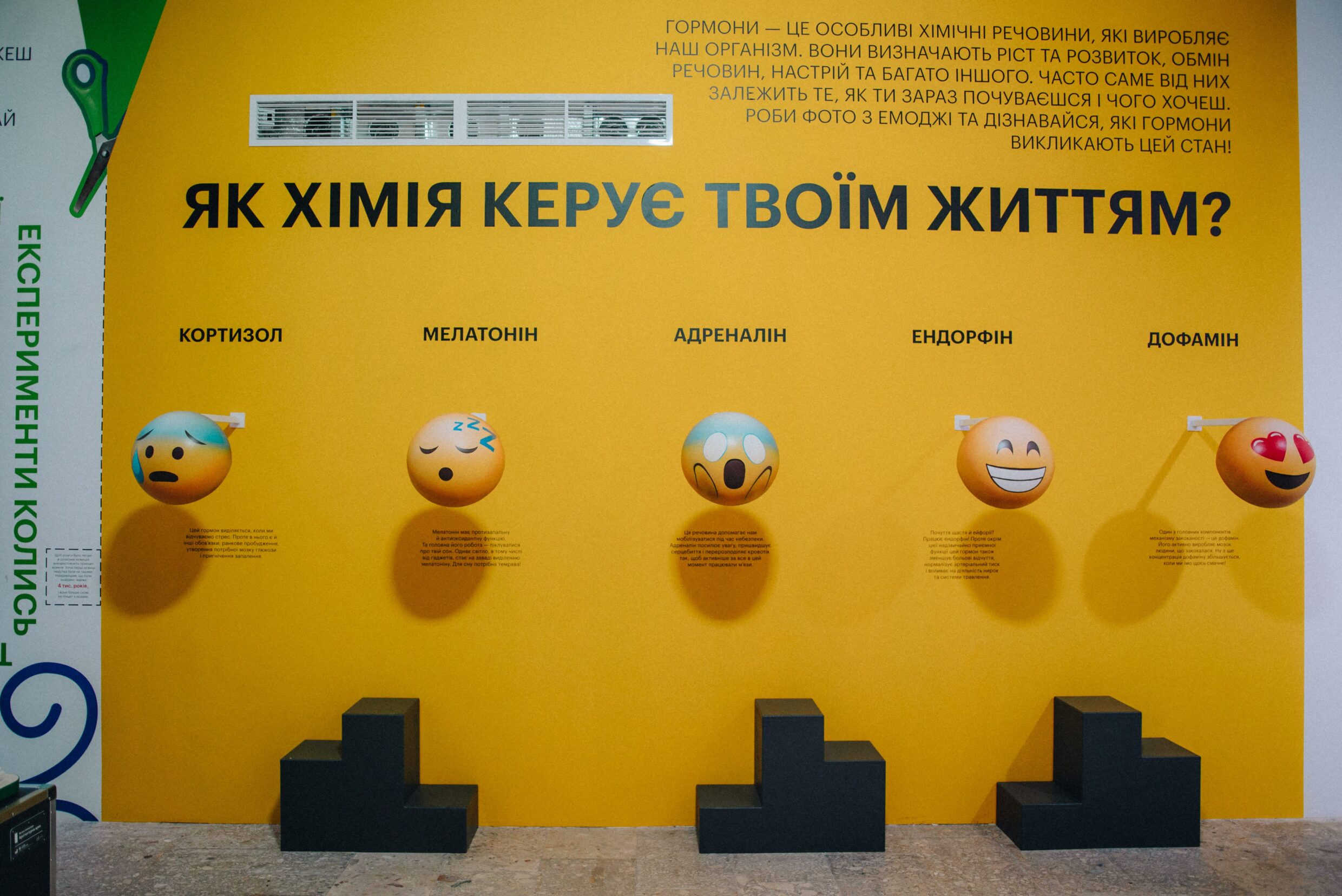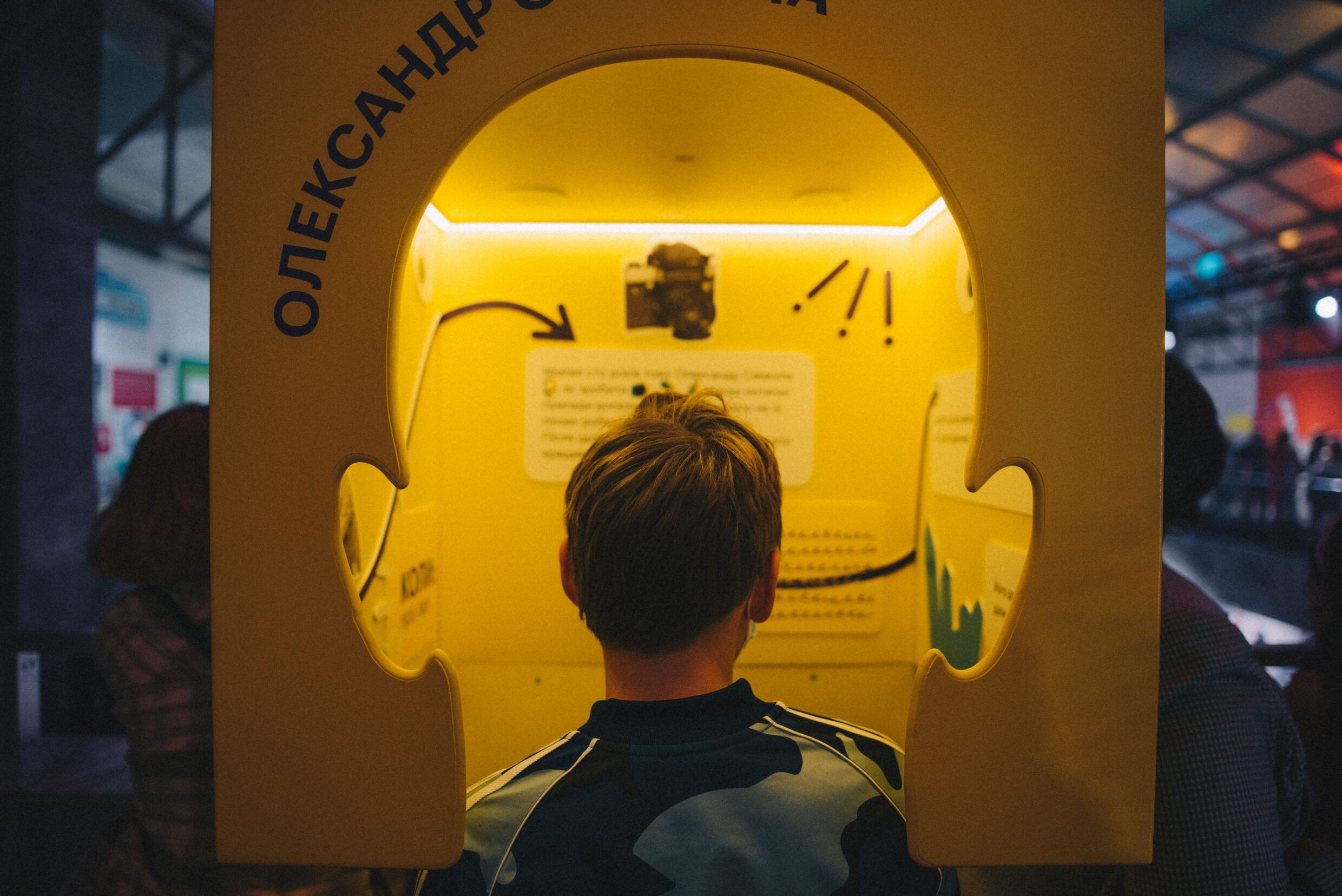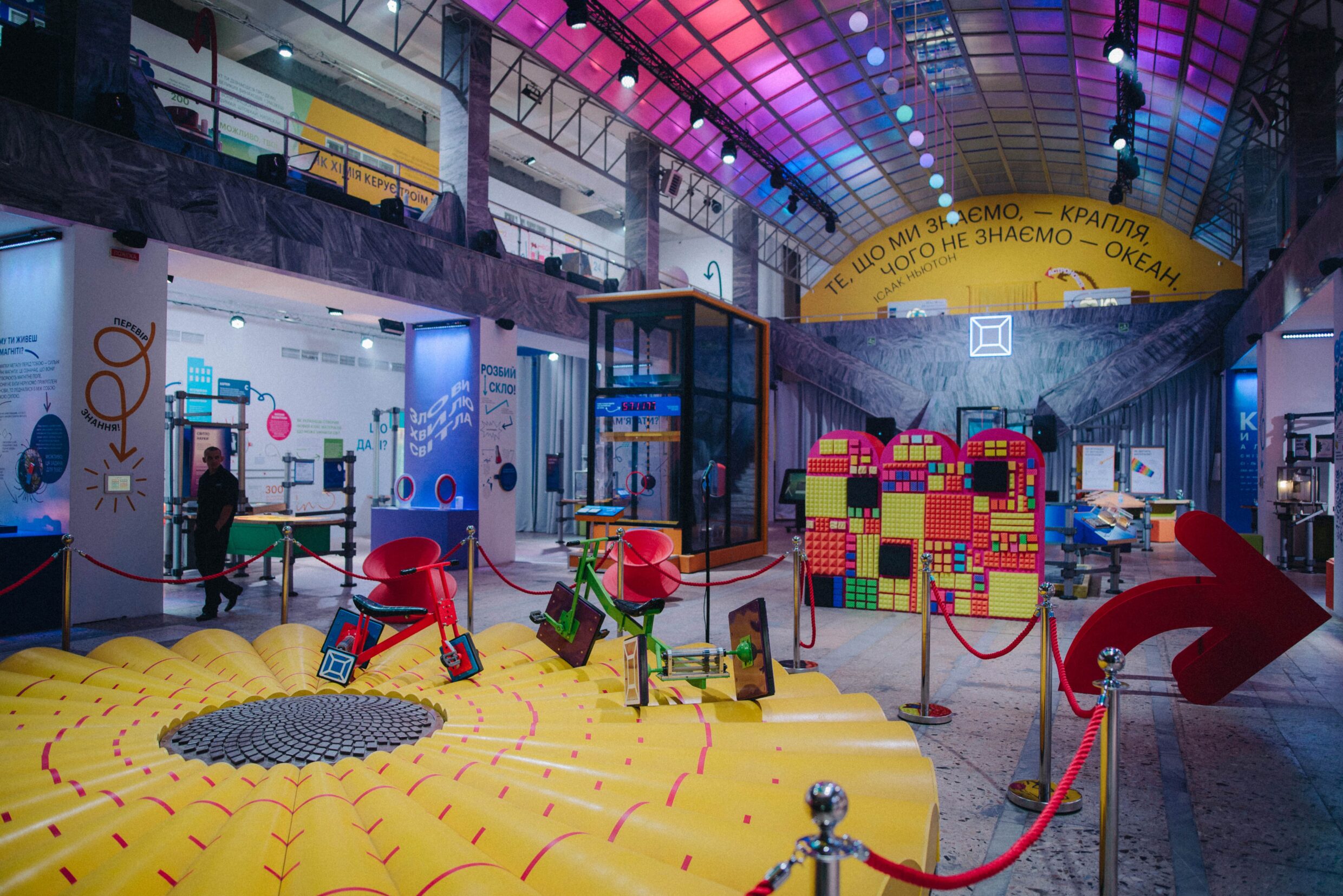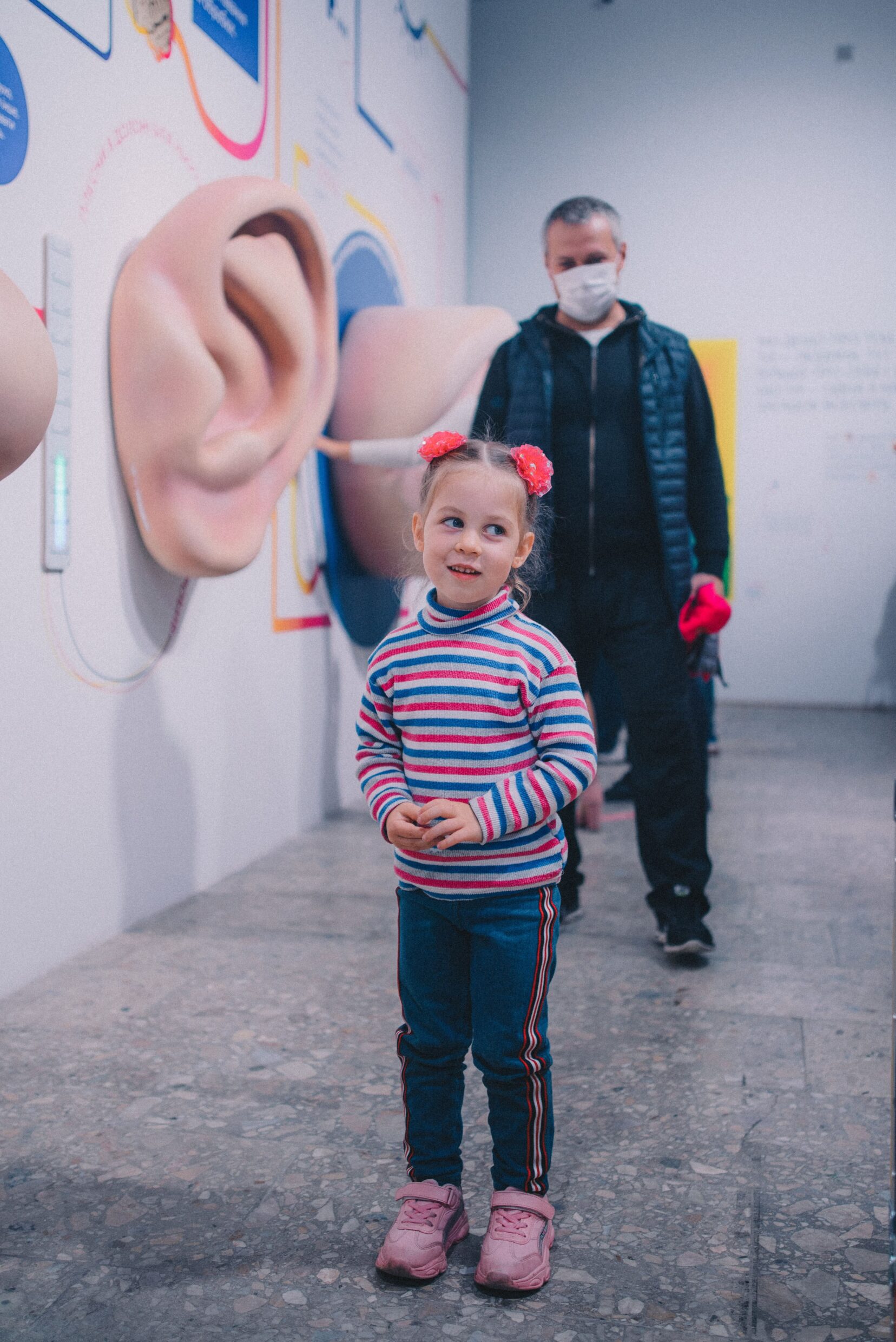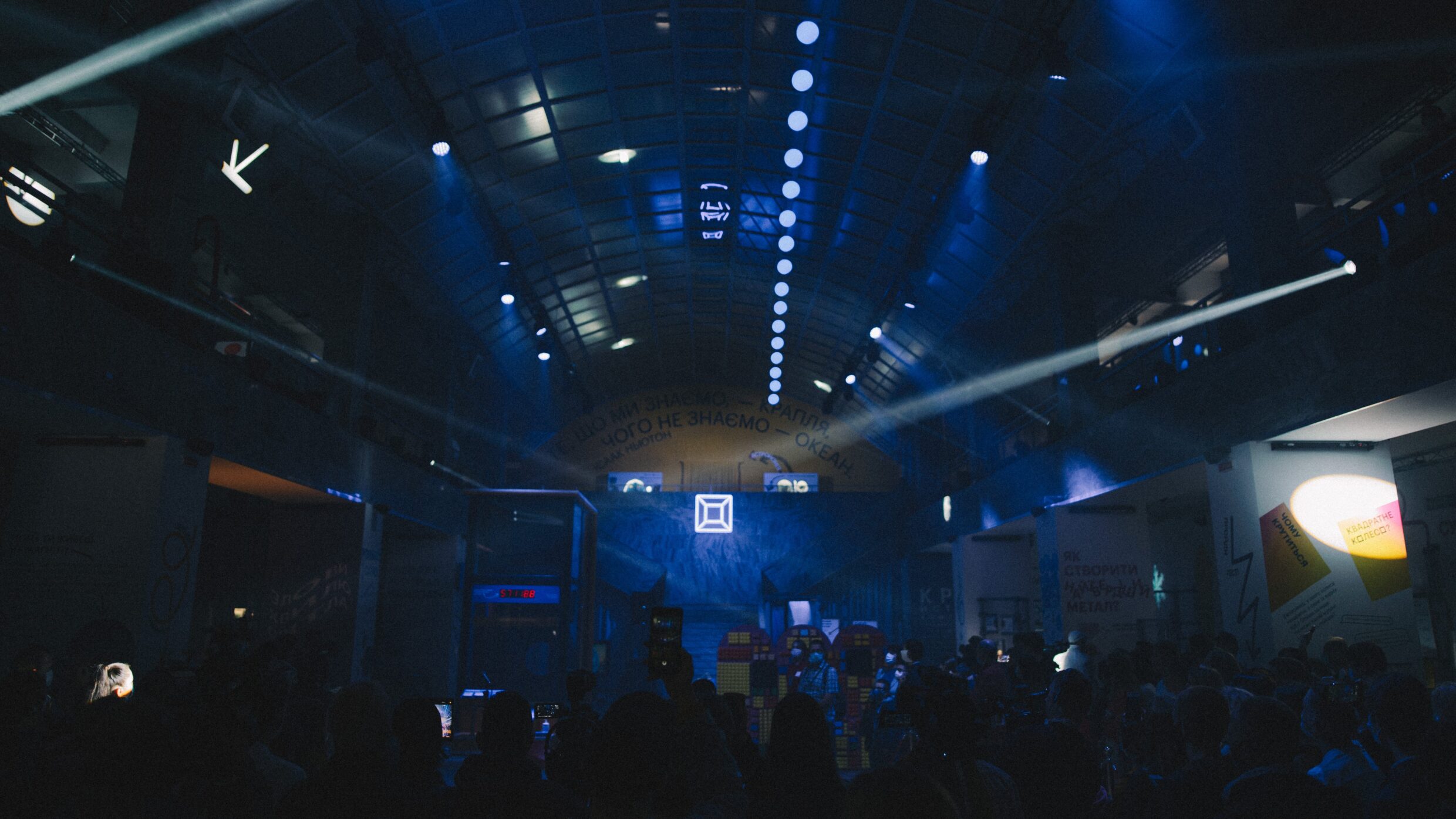
Projects SCIENCE MUSEUM




Recently, the Junior Academy of Sciences of Ukraine opened the first state “Science Museum” at Exhibition Center “VDNG”. The purpose of the interactive space is to become a place where thousands of Ukrainians will take the first step in science, as well as to show how basic scientific discoveries are related to our daily lives. The MONO team participated as architects of the space and revitalized the Science pavilion at VDNG.
The organizers describe the concept of the project in one word – “spectrum”. A range of sciences, discoveries, and practices from launching a lightning bolt in a Tesla coil and controlling a robot hand to the ability to see your voice, get inside a giant shell and into a mirror tunnel with an optical illusion.
“Science Museum” is located in the pavilion №23 “Science” on the territory of VDNG. Back in 1965, space was created for scientific exhibitions. With the opening of the museum, the pavilion returned to its main function. The building was revitalized with care for the architectural heritage: marble and stairs were preserved, and a huge glass ceiling was given a new function. Now it is not only an architectural decoration but also a full-fledged exhibit with an area of 400 square meters. Interestingly, the colour of the ceiling depends on the visitors: the correct answers to the questions of thematic tests change its colour, revealing the theme of the spectrum.
The facade of the building also reflects the spectrum – built-in colour panels, intersecting with each other, create new shades. The concept is integrated because the front door of the space is covered with multicoloured layers that play with a rainbow under the sun. The reception in the entrance area is made in a minimalist style – white and laconic, it becomes the background to the colour palette.
A wall with movable signs will help with navigation in space – on one side of which the organizers have placed intriguing questions, the answers to which can be found on the map-instructions on the other side. Interactive exposure space is a zoned colour that is constantly repeated, combining installations.
“Science came to life and the old pavilion has been reborn. It was extremely important to preserve the architecture of that time – the materials and techniques in decorating the interior and exterior of the facade are unique. Together with the team of organizers, we breathed new energy into space. We have created a spectrum – of sciences, emotions, and life itself,” comments Victoria Oskilko, head and chief architect of MONO architects.
The Museum of Science was established by the Junior Academy of Sciences of Ukraine in collaboration with the Gres Todorchuk Agency and with the support of the Ministry of Education and Science of Ukraine. Fedoriv worked on the identity of the project. Visa became an innovative partner of the project, and Farmak became a partner of the project.
